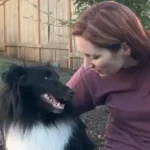Separation Anxiety in Dogs Explained: Causes, Treatment, and Prevention
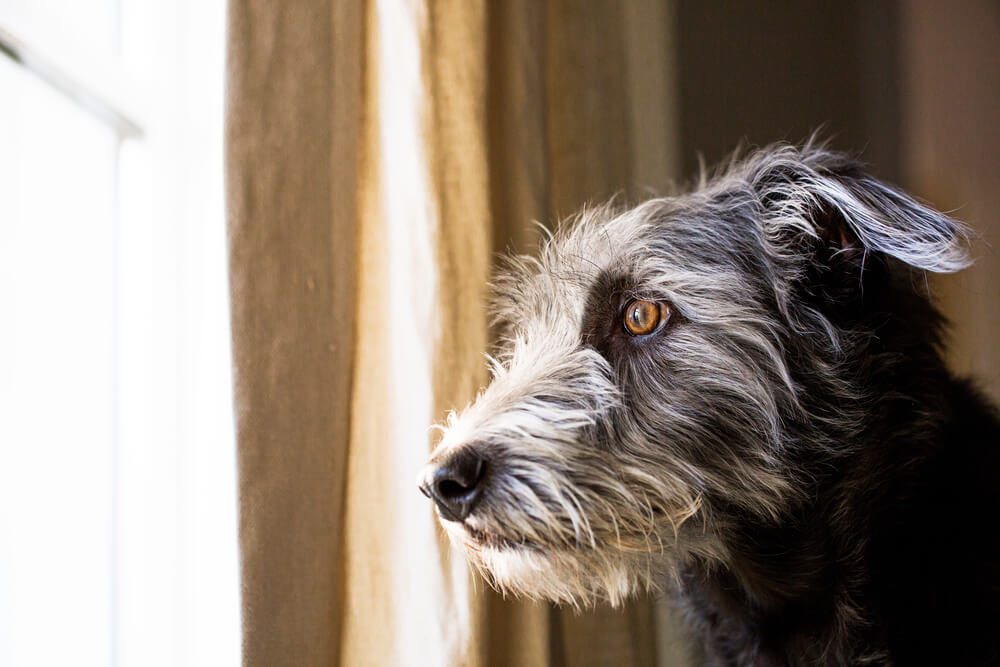
Table of Contents
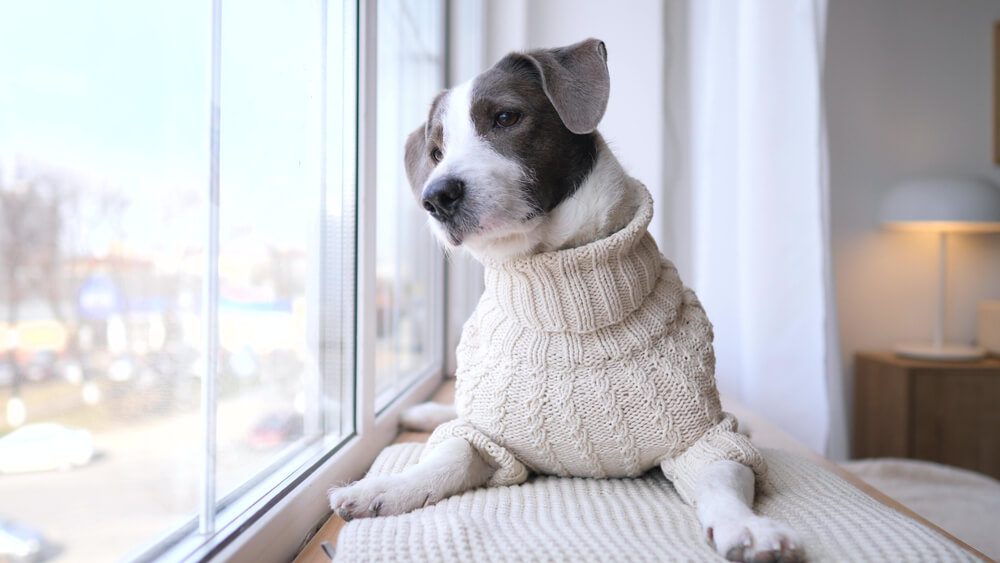
Separation anxiety in dogs is a specific type of anxious behavior caused by the absence of a family member or when the dog is left alone.
Dogs with separation anxiety often turn to destructive behaviors – loud or excess vocalization and house soiling despite being potty trained.
What is Separation Anxiety in Dogs?
Separation anxiety in dogs is a common issue. Namely, separation anxiety affects as much as one in every four to six dogs. In other words, the behavioral issue is diagnosed in 20-40% of dogs presented to canine behaviorists.
While dogs of certain breeds are genetically predisposed to separation anxiety, in others, the anxiety is caused by a traumatic event – for example, spending time in a dog boarding facility or kennel.
What Causes Separation Anxiety in Dogs?
Here is a list of the causes of separation anxiety in dogs:
- Change in Household Membership. If you are a dog owner, then you know firsthand just how sensitive our dogs are. They bond with members of the family and individuals who they see on a regular basis.
- Changes in Schedule. As creatures of habit, dogs like their schedules and sticking to them. Therefore, when there are changes in the typical day-to-day schedule, it can lead to symptoms of separation anxiety in dogs.
- Abandonment. Separation anxiety in dogs is often caused by abandonment. A dog that has been in and out of kennels is likely to have separation anxiety due to fear that the owner won’t return.
- Lack of Integration into Household. Improper integration into the household may cause separation anxiety in dogs. If a puppy is confined to a crate the first time it is brought to its new home, it may become anxious.
- Moving. A change in living arrangements (moving to another house or city) is a common cause of separation anxiety in dogs. Dogs form strong bonds with their surroundings, and changes can wreak havoc on their emotional wellbeing.
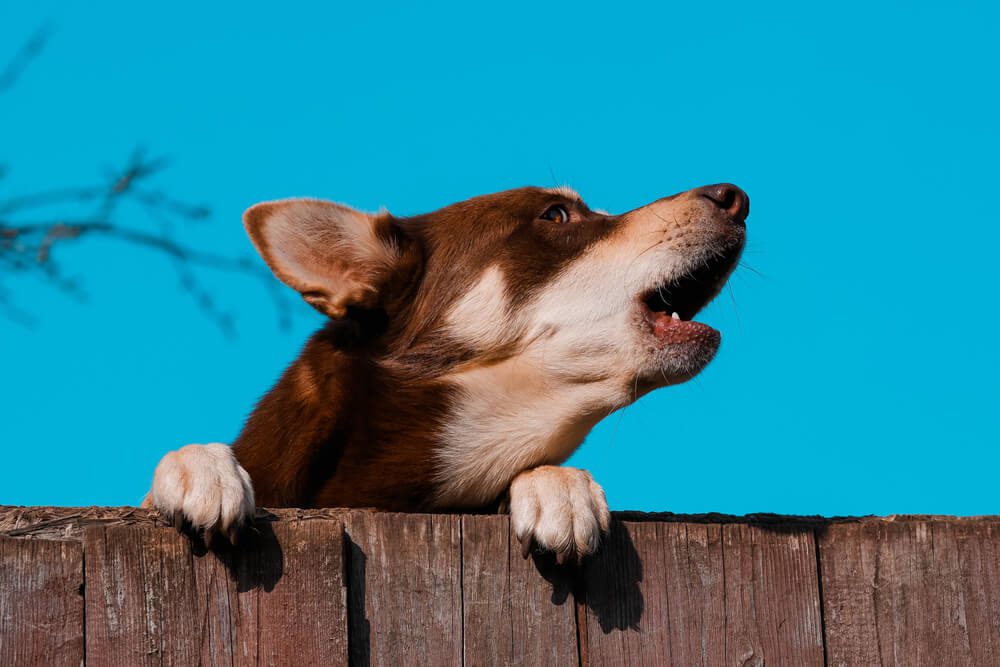
Dog owners should be aware of the signs of separation anxiety. There are behavioral issues and other conditions that share similar symptoms to separation anxiety in dogs. Therefore, it is important to be able to distinguish them.
What are the Signs of Separation Anxiety in Dogs?
Here are some of the main signs of separation anxiety in dogs:
- Urinating/Defecating Accidents. House soiling (urinating/defecating accidents) in potty-trained dogs is a sign of separation anxiety.
- Barking and Howling. Vocalization (barking and howling) is a sign of separation anxiety, especially if there is no other obvious trigger for the behavior.
- Destruction. Anxious behaviors cause destructive chewing, digging, or scratching, which can result in injuries like broken teeth, damaged nails, or scraped paws.
- Escape Attempts. Attempting to escape is another telltale sign of separation anxiety in dogs. Without crate training, dogs will try to escape from the crate too.
- Pacing. Whether walking from one side of the room to the other or simply walking in circles, pacing in dogs is a common symptom of separation anxiety.
- Coprophagia. Coprophagia (or eating poop) is another sign that your dog may be experiencing separation anxiety.
- Excessive Salivation and Licking. Excess drooling and licking (usually the paws) are also signs of separation anxiety in dogs.
Destructive behavior, accidents around the house, and excessive vocalization are the telltale signs of separation anxiety in dogs.
How to Differentiate Between Separation Anxiety and Behavioral Issues
However, these signs can be triggered by other behavioral issues. Here is a thorough review of them and how to differentiate between separation anxiety and other issues:
- Submissive or Excitement Urination. Some dogs may urinate when overstimulated – for example, when they see you getting home after a long day out. In this case, urination is not a sign of separation anxiety as it typically occurs in the dog owner’s presence.
- Incomplete House Training. If your dog is not properly potty trained, it should not come as a surprise that it has accidents around the house. In these cases, house soiling is not caused by separation anxiety – it is the result of incomplete house training.
- Urine Marking. Dogs say what is theirs through what is referred to as territorial marking. You’ll recognize territorial marking by the small amount of urine often left in several areas of the house (can be on furniture, clothing, floors, etc.).
- Destructive Behavior. Dogs crave mental stimulation. If left alone for long periods of time, they will find entertainment on their own. In most cases, dog entertainment includes destroying something – chewing, digging, scratching, etc.
- Excessive Vocalization. Unfamiliar sights and sounds can lead to excessive barking and howling. These bouts of vocalized anxiety are often caused by the fear of the unknown, such as the mailman or a siren, not by actual separation anxiety.
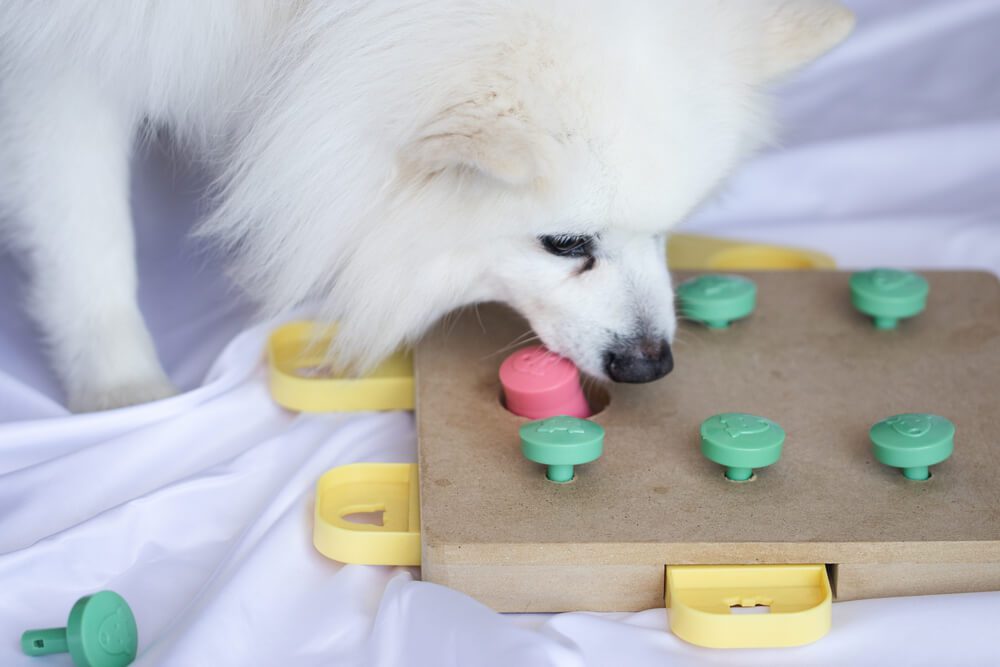
How do You Treat Separation Anxiety in Dogs?
Separation anxiety in dogs is a complex behavioral issue. Therefore, the question of how to prevent separation anxiety in dogs is challenging. Here are some tips on what to do to stop separation anxiety:
- Mental Stimulation. As we mentioned, dogs crave stimulation, both mental and physical. Before you leave for work, set aside extra time for exercise before your departure. Using interactive puzzle toys or Kong toys can also work during your dog’s alone time.
- Obedience Training. Proper obedience training is a must for all pooches, not just anxious dogs. Instilling certain behavioral values from a young age makes a world of difference in your dog and will help with many situations, not just separation anxiety.
- Positive Reinforcement. Most dogs respond well to positive reinforcement. Train your dog that leaving is not a big deal and use positive reinforcement before leaving. This will help reduce behavior problems as the dog learns to wait till the owner returns.
- Hire a Dog Sitter. If possible, hire a dog sitter to take care of your dog when you are not at home. At first, do not leave the dog with the sitter for long. As it gets used to the sitter, you can increase the amount of time it spends with the new company.
- Anti-Anxiety Supplements. For dogs with mild cases of separation anxiety in dogs, you can try calming supplements. Such supplements include CBD products (we recommend the Honest Paws Calm CBD Collection), pheromones (collars and diffusers), and edibles or peanut butter with passionflower, chamomile, or other calming herbs.
- Anti-Anxiety Medications. In more severe cases, the veterinary behaviorist is likely to suggest anti-anxiety drugs. Such medications are only prescribed to dogs with severe separation anxiety and must not be used as a long-term solution. For best results, any behavioral medication is best used in conjunction with a program of behavior modification.
- Behavior Modification. Behavior modification is a long process, but it pays off in the long run. The method includes many training sessions revolving around two main techniques – desensitization and counterconditioning.
- Comes with 3 types of treat hiding compartments to test your furry' friends skills
- Includes additional obstacles and combinations of steps that will keep your dog focused and mentally-stimulated as they search and sniff out the tasty treats
- Great for reducing anxious dog behavior and redirecting destructive behavior
Dog separation anxiety training is based on two main techniques – counterconditioning and desensitization. These tools help rectify your dog’s behavior.
Desensitization includes exposing the dog to the anxiety trigger to help build immunity, while counterconditioning helps change the dog’s perception of the trigger.
Both techniques are used in conjunction with positive reinforcement techniques – using rewards (toys, treats, attention) to help the dog learn which behaviors are acceptable.
If dog separation anxiety training becomes more than you can handle, do not hesitate to get help from a behavior specialist or dog trainer. Alternatively, you can enroll your anxious dog in doggy daycare – such facilities often offer behavior modification classes and training.
Valium and alcohol are a potentially dangerous combination. Both substances create depression of the central nervous system (CNS). In addition, they affect breathing, tend to shorten breathing or increase the time interval between the breaths. Taken together, these two drugs create a much stronger set of side effects.
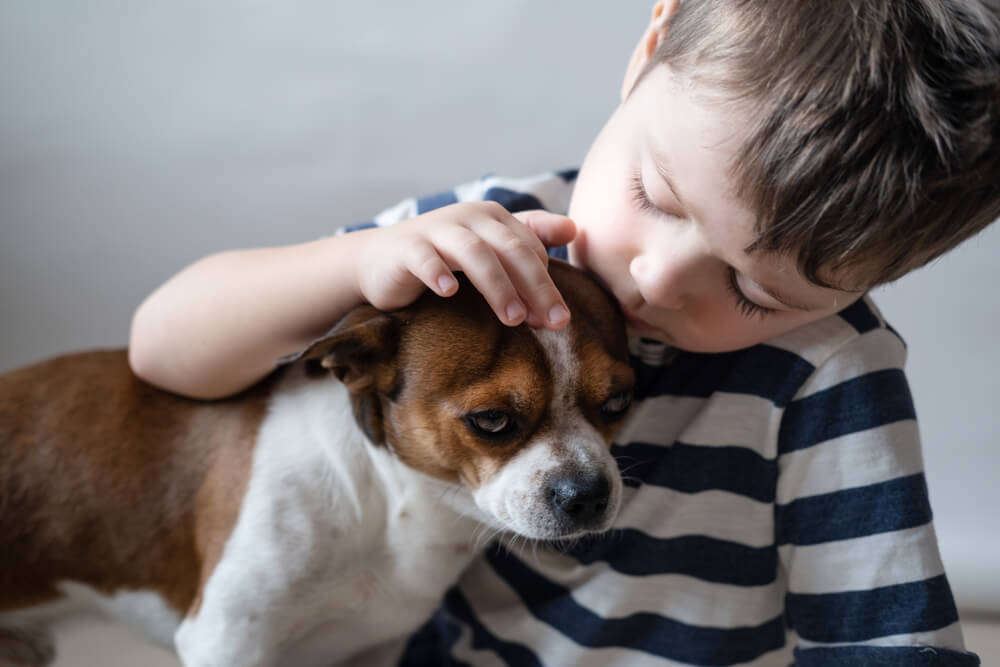
There is no universal, one-way-fits-all to prevent separation anxiety in dogs. Every anxious dog is different, meaning it needs an individually tailored anti-anxiety prevention approach.
If you are unsure how to prevent separation anxiety in dogs, talk to your veterinarian. Keep in mind that drug therapy, although helpful, is a temporary solution and must be used in conjunction with other approaches.
















